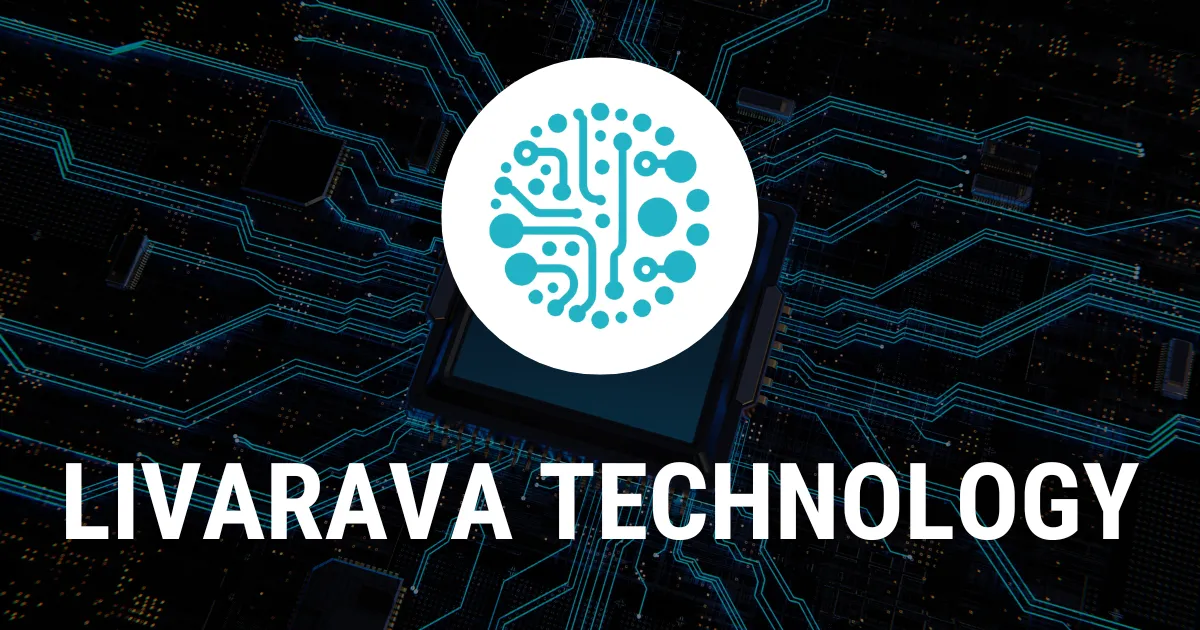Future of Flexible MEMS: 3D Printing Breakthrough with 2PP Technology

Groundbreaking Advancements in Flexible MEMS
Future technologies are evolving rapidly, particularly in the field of microelectromechanical systems (MEMS). Researchers at Carnegie Mellon University have pioneered utilizing Two-Photon Polymerization (2PP) 3D printing to fabricate flexible printed circuit boards (FPCBs) coupled with arrayed electrostatic microactuators. The challenge of activating actuators through the intricately designed structures of MEMS on flexible materials has been addressed with innovative techniques, resulting in systems that are lightweight yet powerful.
Innovative Manufacturing Techniques
- Precise Control: Demonstrated with a micromirror array, these MEMS systems exhibit high actuation capabilities even under deformation.
- Evolution of 3D Printing: While rigid substrate printing is straightforward, adapting to FPCBs required novel approaches due to their uneven surfaces.
Future Applications of Flexibly Designed MEMS
The implications of this research extend to numerous fields, enhancing the future of adaptive optics and leading to new designs in wearable technologies. With these advances, exploring other microactuator types, including thermal elements, becomes feasible. The authors reinforce that integrating FPCBs with embedded electronics heralds a new era for smart microsystems.
Final Insights
As the research utilizes Nanoscribe's Photonic Professional GT+, the potential for future breakthroughs using next-generation microfabrication methods presents an exciting landscape for MEMS and beyond. The significance of this achievement cannot be overstated as it opens pathways for technological advancements.
This article was prepared using information from open sources in accordance with the principles of Ethical Policy. The editorial team is not responsible for absolute accuracy, as it relies on data from the sources referenced.